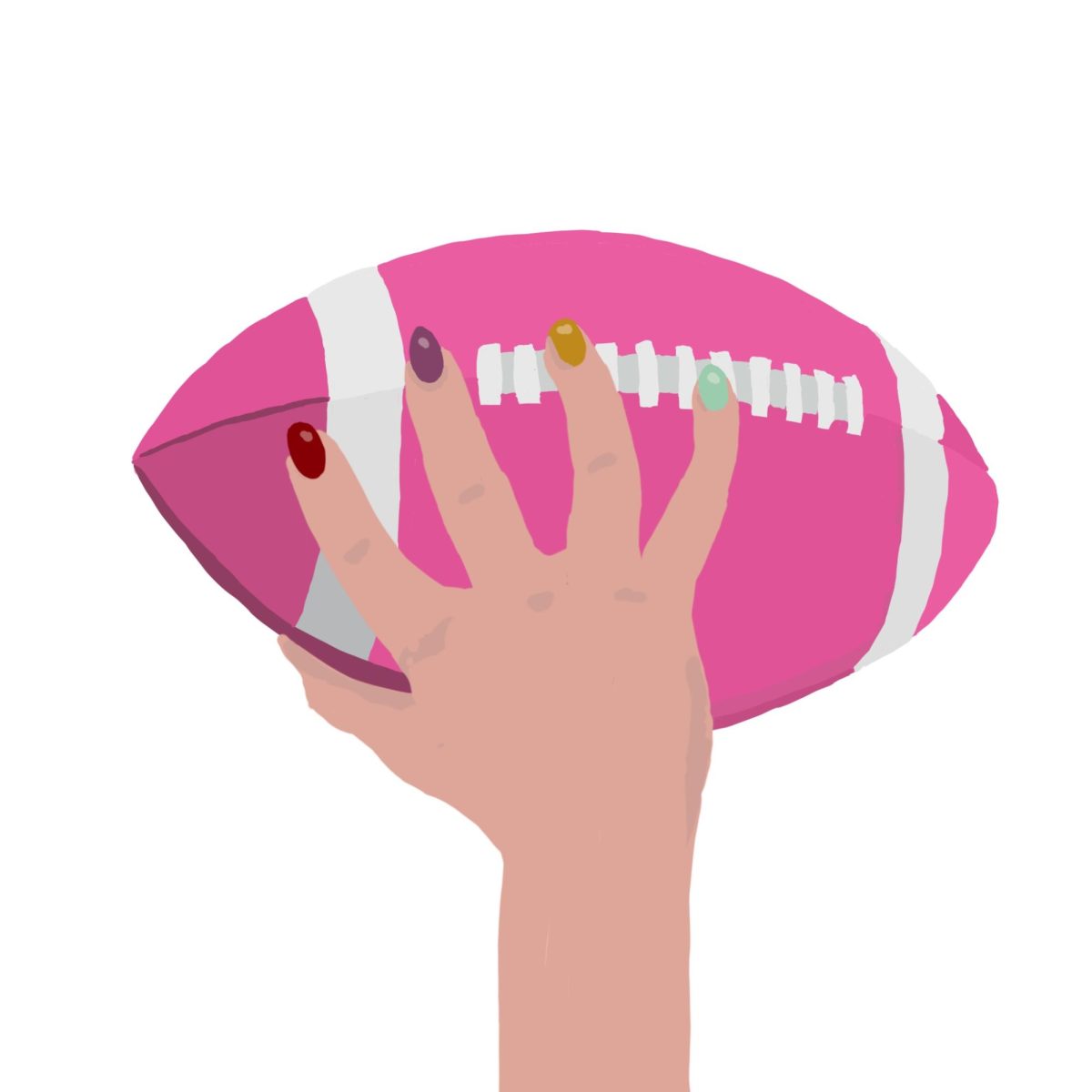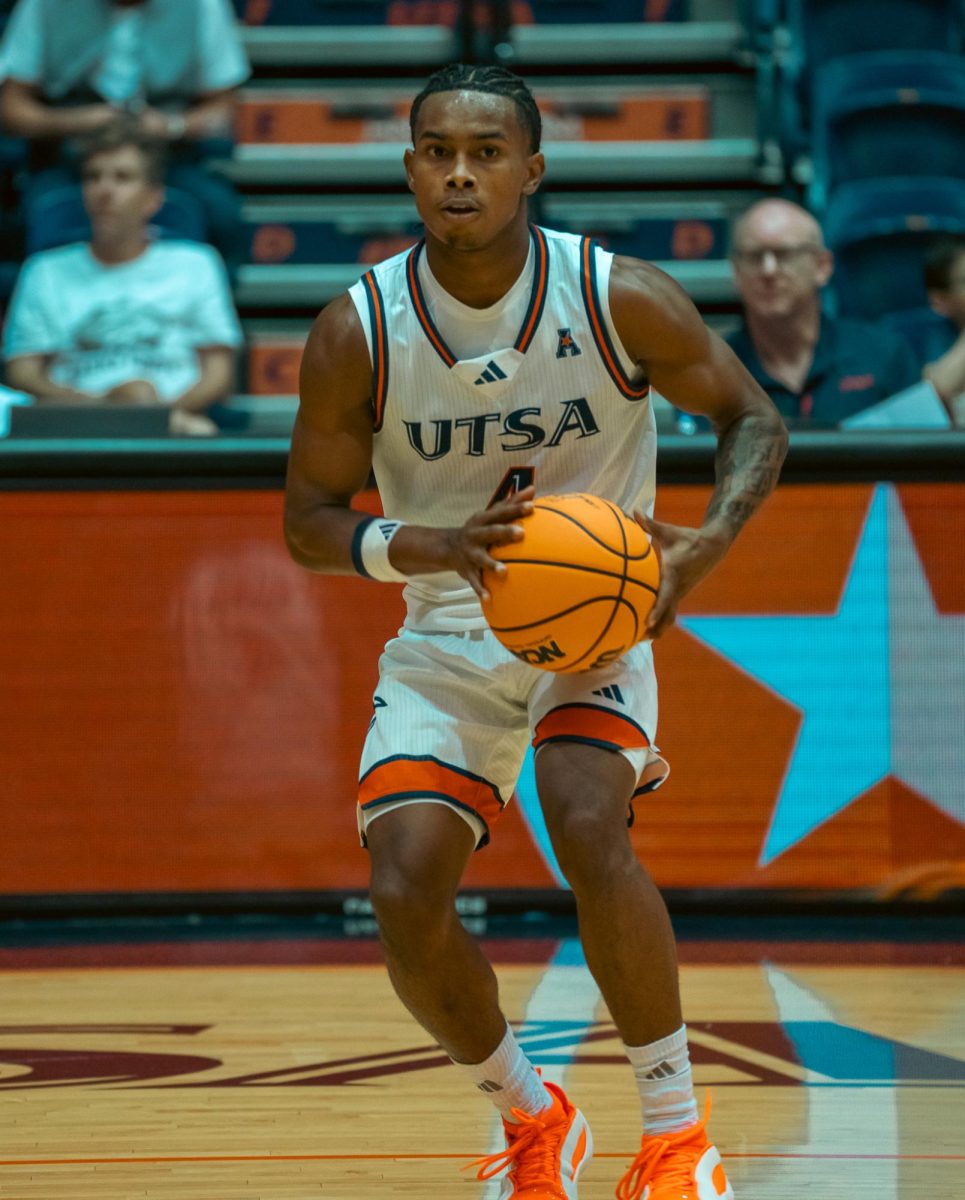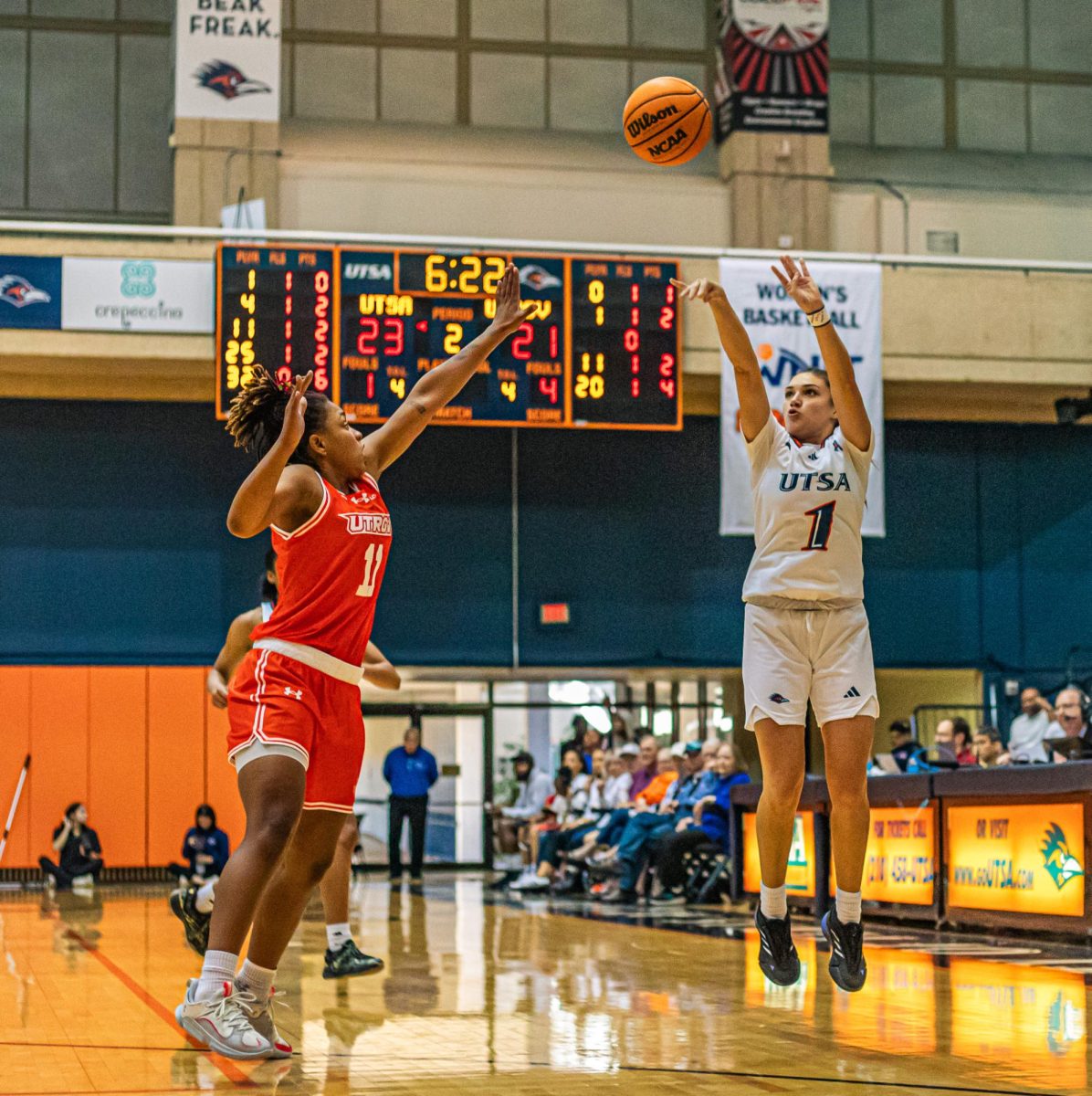The National Women’s Soccer League was established in 2012 as the successor to Women’s Professional Soccer (2007-2012) and the Women’s United Soccer Association (2001-2003). Both were suspended due to a lack of funding, legal issues and financial losses.
The NWSL league began to play in 2013 with eight teams, and in 2024, there will be 14 teams across the U.S. Since the start of the league, there has been exponential growth in popularity and viewer engagement. Their highest-attended game in the league’s history was for the San Diego Wave FC’s opening game, which had a sold-out crowd of 32,000. According to FastCompany, “Last year, attendance for regular season games grew by 26% to 1.2 million people, while viewership of CBS broadcasts leapt 41%.”
According to Premier Sports Network, “The NWSL has really earned the title of the best professional women’s league in the world, so we are able to bring in talent globally, which makes the clubs diverse and well-rounded.” Their rising popularity is not only due to the team’s power and abilities, but with “improved funding and infrastructure, there’s been a noticeable enhancement in the level of play, competitive intensity, and talent development within the NWSL.”
“The league has played a significant role in promoting gender equality in sports and beyond, challenging stereotypes and inspiring the next generation of female athletes.” Their success has inspired others and has been a movement for inclusion and diversity efforts.
The success of the NWSL is leading towards a sustainable future in women’s sports that will continue to grow and gain interest and success. “This potential for expansion not only within the U.S. but globally suggests a bright future where women’s sports occupy a more prominent and permanent position in the sports landscape.”
Although there has been much improvement within women’s sports, a lot still needs to be done to keep up with the continuous progress. From Council On Foreign Relations, “While the U.S. team now has the same appearance fees as the men; equal travel accommodations, support staff, childcare benefits; and an equal split of World Cup bonuses and prize money, many teams continue to struggle for agreed-upon payments and resources for equipment, training, and travel.”
“The trajectory of the NWSL illustrates a promising future for women’s sports, characterized by greater visibility, commercial success, and societal impact. As leagues like the NWSL continue to grow and break new ground, they pave the way for a more inclusive and equitable sports industry, where the achievements of women athletes are celebrated on par with their male counterparts.”









